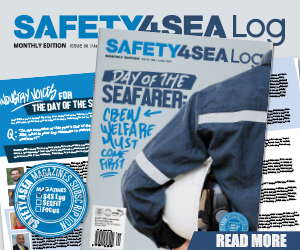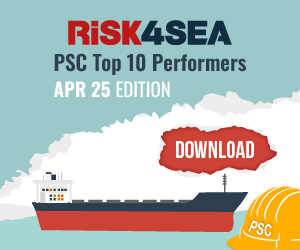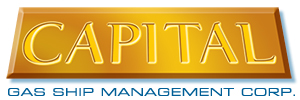ABS Chairman and CEO Christopher J. Wiernicki highlighted that new nuclear technology is a global decarbonization solution and a commercial shipping disruptor.
The ABS Chairman and CEO speaking at the Core Power New Nuclear for Maritime Houston Summit pointed out that new nuclear technology is a key solution for global decarbonization and has the potential to disrupt commercial shipping. Moreover Wiernicki highlighted that achieving net zero by 2050 is not possible without nuclear energy.
“New nuclear is a transformational technology. It disrupts the commercial model, the economics of shipping, as well as the operation of vessels and of course their design” said Wiernicki.
The ABS Chairman continued by commenting that nuclear power not only does it offer zero carbon operations but higher power with faster transit speeds, increased cargo storage due to the elimination of fuel storage and it unlocks the potential for reverse cold ironing where the vessel powers the port. In addition it eliminates the need to bunker fuel potentially over the entire lifespan of the asset.
Contrary to conventional wisdom about the high cost of nuclear technology, Wiernicki believes new nuclear can be highly competitive.
“The economics are compelling over the life of a vessel,” he said.
When you account for fuel differentials, the cost of compliance and residual value, it costs roughly the same as fossil options, only with zero carbon operations. And it gets much more attractive when compared to the high cost of green fuels.
…said Christopher J. Wiernicki.
However, he highlighted that significant challenges remain beyond technological development.
According to Wiernicki, while the potential is undoubtedly significant, a new public/private partnership and a new commercial model will be needed. The insurance industry will need to move from its legacy model, and regulatory gaps will need to be closed, global licensing standards developed, and investment in crew training made
The ultimate boundary condition for this technology will be safety, and we need to ensure we engage and educate the public about the advanced safety performance of these new reactors.
…Christopher J. Wiernicki concluded.






























































